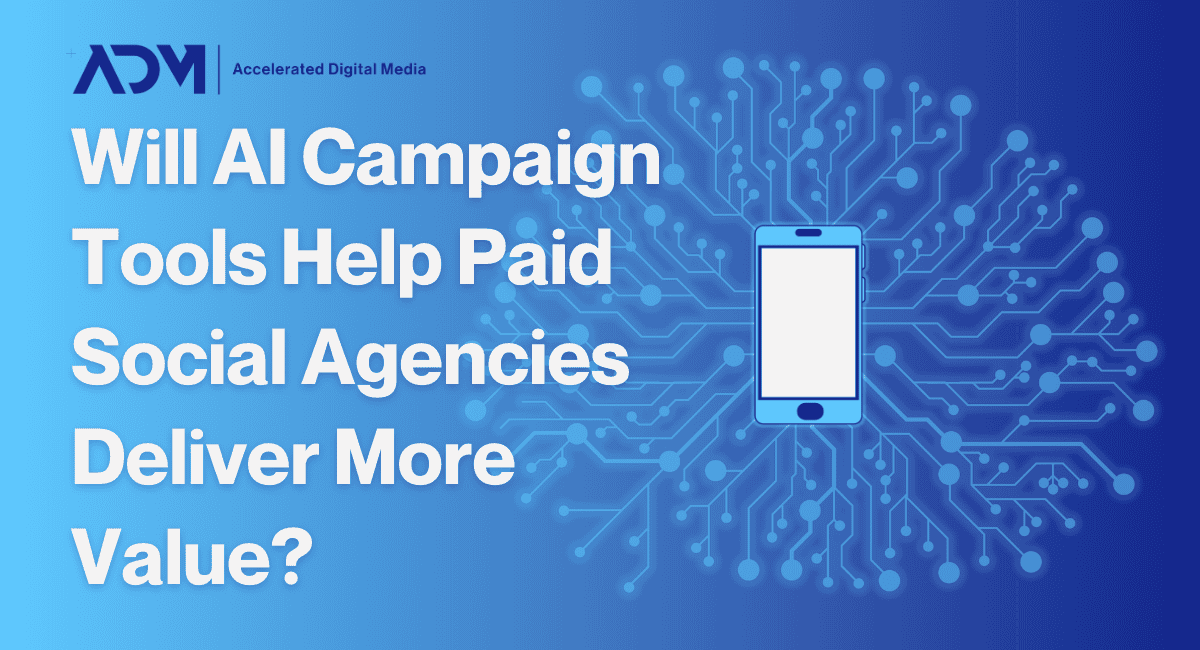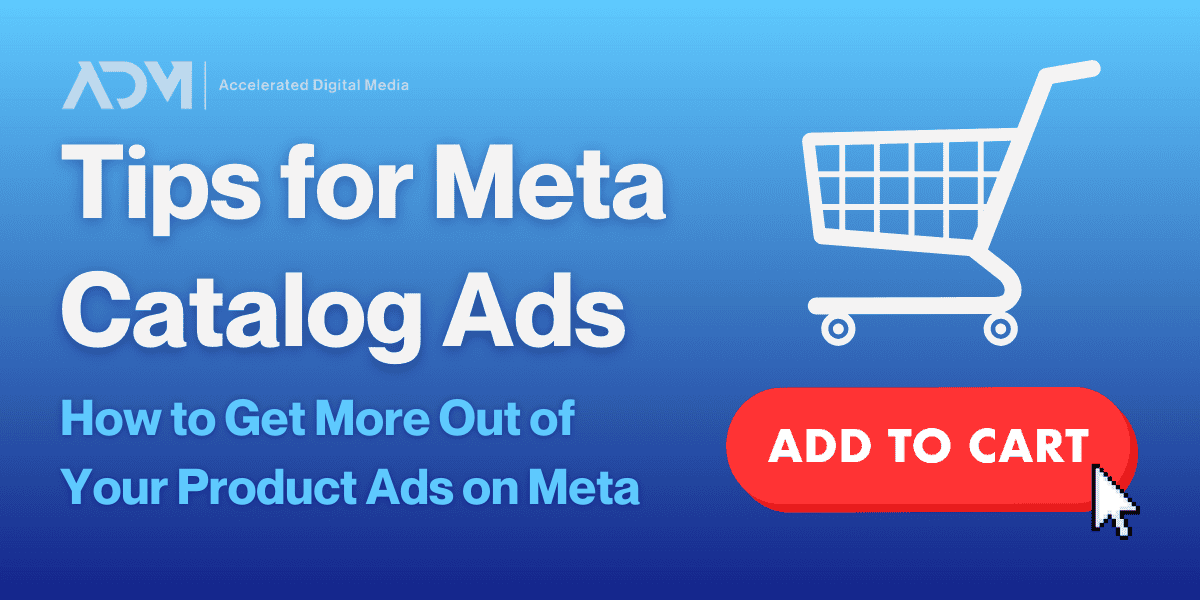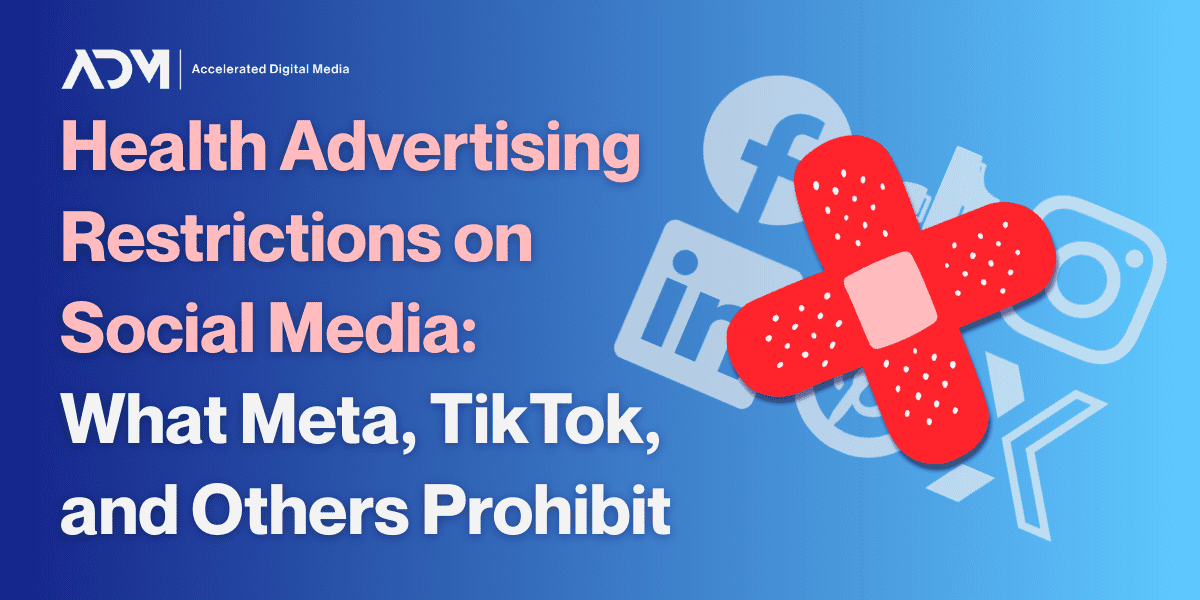Thanks to language models like ChatGPT and new image, video, and music creation tools, the hype around AI reached fever pitch over the past couple of years—and it was already pretty loud. AI truly is reshaping every corner of digital media, though not always in obvious ways.
While those functionalities are becoming more and more impressive, behind-the-scenes AI innovations are pushing social media marketing in new directions. Social advertising platforms are continuing to develop and refine AI-powered campaign types that should, in theory, let agencies drive even more value for their clients. While the thought may be that automation makes work easier for a paid social agency, the reality is that these new features still need to be learned, tailored, and managed just like traditional campaign types.
The revolution is underway, however, and these campaigns are only going to become more important to our work in 2025 and beyond. In this blog, we’ll explore the new AI features offered by:
- Meta
- TikTok
- Snapchat
We’ll discuss the advantages these new campaign tools currently offer—and then discuss whether the hype is worth buying into.
Meta’s AI Advantages
Meta’s Advantage+ suite has gotten major attention in ADM’s blogs, and for good reason. We’ve had paid social clients compare its effectiveness to simpler times in Facebook and Instagram advertising, prior to the infamous Apple iOS 14 update. And even though it’s based on complex algorithms, Advantage+ has the effect of simplifying and improving campaign performance. Its key innovations include:
- Advantage+ Shopping Campaigns: These offer streamlined catalog-based ad campaigns by automating targeting and placements for product ads, driving results for eCommerce brands with less manual setup and testing.
- Advantage+ Audiences: These audiences help brands identify and target high-intent users in real-time, reducing the need for as much manual audience testing.
- Advantage+ Placements: Automatically optimized ad placements, ensuring budgets were directed toward the most effective placements.
- Advantage+ Creative: Used AI to tailor ad variations to audience preferences, increasing engagement and efficiency with less creative production effort.
Going forward, Meta has clearly signaled that it will be doubling down on AI—though some of its ideas have elicited groans. But even still, as the leading name in social advertising, it will continue to design more advanced tools for brands to leverage, and we expect further product developments this year.
Pinterest’s AI Advertising Tools
Our team sees Pinterest as one of the most slept-on options that a paid social media agency can offer: It’s highly-visual, trend-focused, and usually less expensive to advertise on than other platforms. It’s a particularly good opportunity for eCommerce and lifestyle brands, especially those aiming to inspire purchase decisions from Pinterest’s engaged and inspiration-driven audience.
Recently, it too has been leveling-up its ad offerings with AI:
- Pinterest Performance+: Announced in the summer of 2024, this new AI-powered campaign tool optimizes targeting, bidding, and placements to maximize conversions. It simplifies ad management while delivering data-driven results for brands with broad or niche product offerings. In early results, the platform boasted that most advertisers saw at least a 10% boost in cost per acquisition (CPA) using this tool.
- Pinterest Ad Labs: This is a new suite of tools that select brands are currently able to access. It allows for generative AI ad creation, including the ability to place products on AI-generated backgrounds to display them in different home contexts.
TikTok’s Smartest Campaigns
TikTok’s ongoing status in the United States remains one of the biggest unresolved questions for social media agencies—it’s back for now, but with reports of some restrictions. All that hasn’t stopped the beloved social media platform from innovating its ad tech.
- TikTok’s Smart Performance: With one of the most complex algorithms in social advertising, TikTok’s Smart Performance automates nearly all campaign decisions, including targeting, bidding, and creative delivery, relying heavily on TikTok’s AI to maximize conversions. It’s a robust feature, and it’s especially effective for performance-driven campaigns targeting Gen Z and Millennials on TikTok, where video-first engagement is key.
We consider Smart Performance a must-test for clients aiming for lower-funnel goals like purchases or app installs—provided TikTok sticks around in the US market long enough for you to try it out.
Snapchat’s Also Got AI Ad Tools
Snapchat is still a big player in social—it might even deserve some credit for popularizing short, fleeting videos as the format of choice for today’s social browsers. An originator like Snapchat isn’t going to be left behind in the push to automate its ad functions, and recently it has added an interesting new AI feature:
- Snapchat’s “My AI”: Snapchat’s offering here is essentially a chatbot with generative media capabilities—and it can display personalized ads based on the conversations users have with it. In 2024, Snapchat also began experimenting with AI-generated dynamic creatives tailored to users’ behavior and preferences.
While Snapchat’s offering is an interesting deviation from what other social platforms are doing with AI, its value for agencies and clients might not be on the same scale.
LinkedIn’s AI-Powered Optimizations
LinkedIn isn’t the platform for every brand, but for professional services and B2B advertisers it’s a no-brainer. In 2024, it opened its own AI-powered smart campaign type up to all brands:
- LinkedIn Accelerate Campaigns: LinkedIn’s new AI suite was released for all advertisers in summer of 2024, and serves both campaign management and ad creation purposes. It relies on algorithms to inform bidding and targeting and can automate some aspects of campaign setup, including ad generation through generative AI. LinkedIn claims that, compared to its traditional campaigns, it can improve CPA by up to 42%.
Also last year, LinkedIn made AI-driven targeting improvements that allowed advertisers to refine their B2B audience segments based on real-time professional data, which has resulted in modest performance improvements.
Are We Buying the Hype?
The past year or two delivered a tsunami of AI hype, and social platforms were quick to hop on board. And it’s true that, for paid social agencies that leaned into these tools, AI delivered some improvements in client performance and efficiency—so, to answer the title of this blog? Yes.
That said, not all AI advancements are worth investing in—at least not yet. For example, AI-powered image enhancements and auto-generated creative tools still fall short of producing high-quality, brand-aligned content. While these technologies are evolving, they lack the polish and customization needed to represent many brands effectively.
Similarly, experimental AI features on some platforms have shown inconsistent results, making them a risky investment for brands with limited budgets or high-performance expectations. And just because these new tools automate some campaign functions doesn’t mean they cut out the need for agency management—if anything, they add additional complexity and nuance to paid social advertising.
As we move into 2025, the challenge will be staying adaptable and embracing the AI innovations that show proven results while being discerning about where to focus time and resources. Foundational elements – strong creative, clear targeting, and a sound strategy – will remain critical to maximizing AI’s potential.
Success lies in knowing when to lean into automation and when to rely on the human touch to ensure campaigns stand out in the increasingly competitive space. If you’re looking for an expert paid social team that’s ready to help you navigate this brave new marketing world, don’t hesitate to reach out to the ADM team today.




